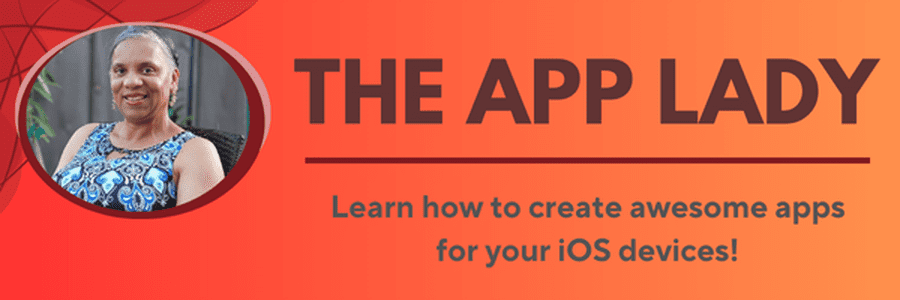The main goal of this workshop is to show you how to present the tableView’s rows in one or more groups.
Say we want to group the MasterViewController’s rows; well, would have to first change the tableView’s Style attribute in Interface Builder from Plain to group then modify code in a few methods of the tableView control.
Here is the first method to modify. The statement will return the number 6, because there are 6 Keys (Categories) in the plist file.
#pragma mark - Table View
- (NSInteger)numberOfSectionsInTableView:(UITableView *)tableView
{
return self.tableDataSource.count;
}
Add code shown below in the numberOfRowsInSection and the titleForHeaderInSection method.
- (NSInteger)tableView:(UITableView *)tableView numberOfRowsInSection:(NSInteger)section
{
// Create an object of the AppDelegate so we can use its variables and methods
AppDelegate *delegate = [[UIApplication sharedApplication] delegate];
// Get data from the plist file and assign it to a mutable array
NSDictionary *itemList = [delegate.self fetchShoppingListItems];
// Place a section key (for example, Books) in a variable
NSString *sectionKey = [self.tableDataSource objectAtIndex:section];
// Place the section's item names (Going Home, One for The Money) in an array
NSArray *sectionNames = [itemList objectForKey:sectionKey];
return [sectionNames count];
//return self.tableDataSource.count;
}
// This method display section headers
- (NSString *)tableView:(UITableView *)tableView titleForHeaderInSection:(NSInteger)section {
// Display section headers
NSString *groupHeadings = [self.tableDataSource objectAtIndex:section];
return groupHeadings;
}
Finally, add code shown below in the method.
- (UITableViewCell *)tableView:(UITableView *)tableView cellForRowAtIndexPath:(NSIndexPath *)indexPath
{
static NSString *CellIdentifier = @"Cell";
UITableViewCell *cell = [tableView dequeueReusableCellWithIdentifier:CellIdentifier];
if (cell == nil) {
cell = [[UITableViewCell alloc] initWithStyle:UITableViewCellStyleSubtitle reuseIdentifier:CellIdentifier];
cell.accessoryType = UITableViewCellAccessoryDisclosureIndicator;
}
// Create an object of the AppDelegate so we can use its variables and methods
AppDelegate *delegate = [[UIApplication sharedApplication] delegate];
// Get an element of the tableDataSource array and place it in the sectionName object; for example, Books
NSString *sectionName = [self.tableDataSource objectAtIndex:[indexPath section]];
// Get items belonging to that sectionName, place them in the array
NSDictionary *dicItems = [delegate.self fetchShoppingListItems];
NSArray *itemNames = [dicItems objectForKey:sectionName];
// Display the itemNames in six groups
cell.textLabel.text = [itemNames objectAtIndex:indexPath.row];
return cell;
}
When you are done, run the application. The MasterViewController’s tableView will now look the snap shot shown below. Since there are no items for two categories (Electronics & Appliances, Entertainment) no group were created for them.

